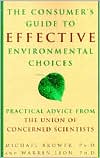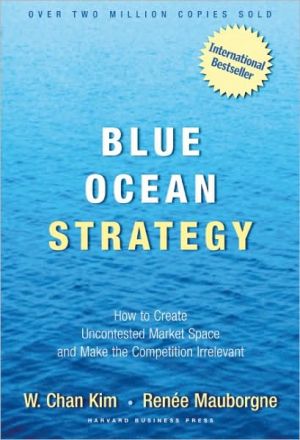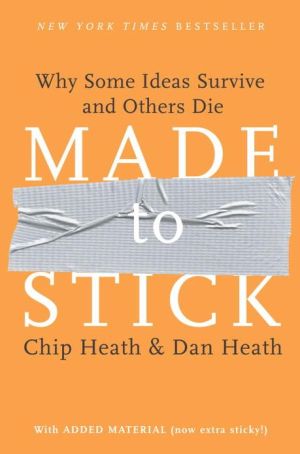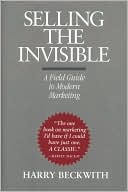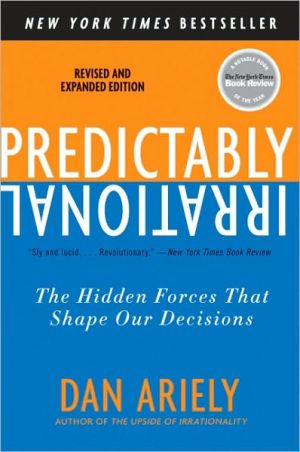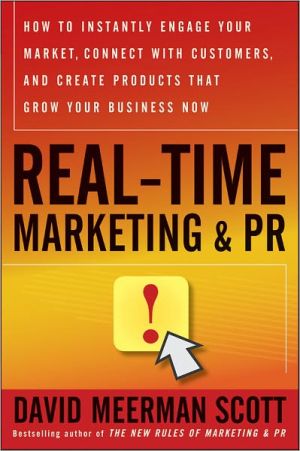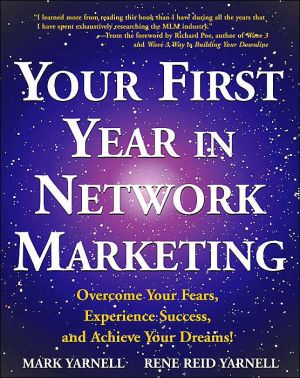Consumer's Guide to Effective Environmental Choices: Practical Advice from the Union of Concerned Scientists
From one of the most prestigious nonprofit organizations devoted to environmental issues comes a clear, practical, and rational overview of the relationship between consumers and the environment.\ \ Paper or plastic? Bus or car? Old house or new? Cloth diapers or disposables? Some choices have a huge impact on the environment; others are of negligible importance. To those of us who care about our quality of life and what is happening to the...
Search in google:
From one of the most prestigious nonprofit organizations devoted to environmental issues comes a clear, practical, and rational overview of the relationship between consumers and the environment. Paper or plastic? Bus or car? Old house or new? Cloth diapers or disposables? Some choices have a huge impact on the environment; others are of negligible importance. To those of us who care about our quality of life and what is happening to the earth, this is a vastly important issue. In these pages, the Union of Concerned Scientists help inform consumers about everyday decisions that significantly affect the environment. For example, a few major decisions—such as the choice of a house or vehicle—have such a disproportionately large affect on the environment that minor environmental infractions shrink by comparison. This book identifies the 4 Most Significant Consumer-Related Environmental Problems, the 7 Most Damaging Spending Categories, 11 Priority Actions, and 7 Rules for Responsible Consumption. Learn what you can do to have a truly significant impact on our world from the people who are at the forefront of scientific research. School Library Journal YA-Brower and Leon, along with input from their colleagues, present statistics, describe solutions, and endorse steps for readers to take to live more ecologically based lifestyles as consumers of the Earth's resources. They encourage individuals to go beyond basic recycling and to look at changing the policies of government and large institutions, explain how negatively consumer choices can affect the environment, and present a quantitative analysis of which items most affect the environment. Important information is dramatically put forth in highlighted boxes of lists. The authors stress the fact that choice is the optimal word for today's consumers and some choices are easier than others. They wisely point out that some consumers don't have the leeway to make what might be considered the most ecological of choices available and present different styles of compromise in a variety of situations. A list of active Web sites for additional information and other pertinent resources is appended. Young adults interested in effecting change will find sources to help in their search as well as proven research to help them make their own decisions.-Pam Johnson, Fairfax County Public Library, VA Copyright 1999 Cahners Business Information.
PrefacePt. IConsumers and the Environment1How Many Simple Things Do People Need to Do to Save the Planet?32Media Makes the Message - Garbage as a Case Study193The Real Impacts of Household Consumption43Pt. IIWhat You Can Do4Priorities for Personal Action835Avoiding High-Impact Activities1086Seven Rules for Responsible Consumption1227What You Can Ask Government to Do146Epilogue: From Walden to Wal-Mart - Consumers and their Critics179App. A. Research Methods and Results205App. B. Resources for Environmentally Concerned Citizens249Notes261About the Union of Concerned Scientists279Index283
\ School Library JournalYA-Brower and Leon, along with input from their colleagues, present statistics, describe solutions, and endorse steps for readers to take to live more ecologically based lifestyles as consumers of the Earth's resources. They encourage individuals to go beyond basic recycling and to look at changing the policies of government and large institutions, explain how negatively consumer choices can affect the environment, and present a quantitative analysis of which items most affect the environment. Important information is dramatically put forth in highlighted boxes of lists. The authors stress the fact that choice is the optimal word for today's consumers and some choices are easier than others. They wisely point out that some consumers don't have the leeway to make what might be considered the most ecological of choices available and present different styles of compromise in a variety of situations. A list of active Web sites for additional information and other pertinent resources is appended. Young adults interested in effecting change will find sources to help in their search as well as proven research to help them make their own decisions.-Pam Johnson, Fairfax County Public Library, VA Copyright 1999 Cahners Business Information.\ \
